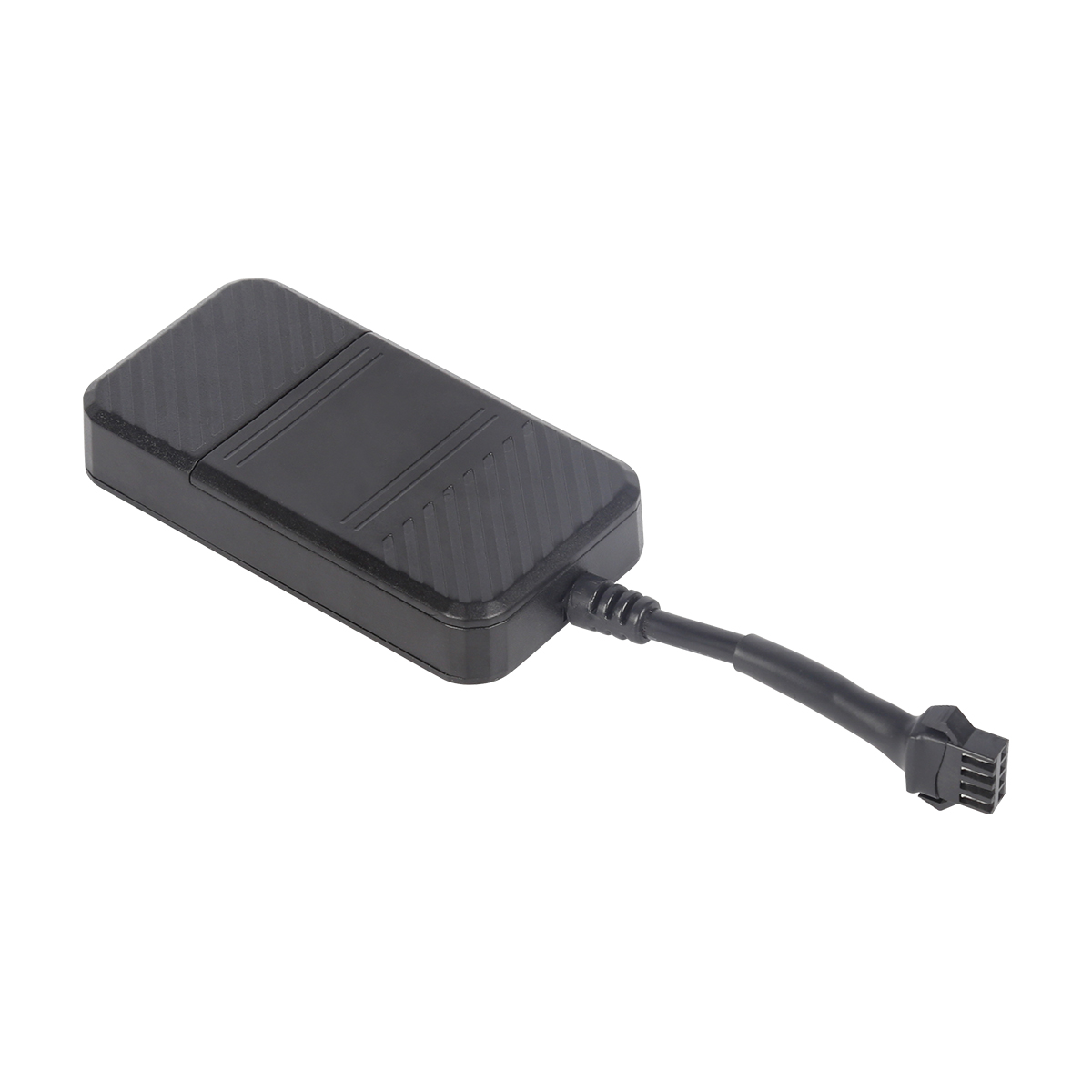source:Industry News release time:2022-08-02 Hits: Popular:realtime gps tracker online

The application of GPS in monitoring the ionosphere is also the beginning of GPS space meteorology. Space is full of plasma, cosmic ray particles, and electromagnetic radiation of various bands. Because the sun often throws out millions of tons of charged objects in one second, the ionosphere is strongly disturbed. This is space weather. an object of research. The total free electron content (TEC) per unit volume is determined by measuring the delay of the ionosphere to GPS signals to establish a global digital model of the ionosphere.
GPS satellites transmit L1 and L2. two carriers. By these two carriers, the influence of the ionosphere on GPS positioning can be weakened, or the ionosphere refraction can be determined. Because this refraction is related to the carrier frequency.
When one builds a regional or global numerical model of the ionosphere, the simplifying assumption is always made that all free electron content is represented on a single plane, which is H above the ground. In this way, the electron content can be expressed as the electron content Es at the intersection point (piercing point) between the receiver and satellite line and the single layer, which can be regarded as the function Ecos of E and the zenith distance Z' at the penetration point Z'=Es. The electron concentration Es on the spherical surface can be modeled, for example, it is written as a spherical harmonic function of latitude and longitude, and many experts have proposed various models in this regard. IGS proposes an ionosphere map exchange format (10nosphere Map Exchange Format, IONEX-Format), its function is to make ionosphere maps obtained based on various theories and technologies to be integrated and compared on the basis of unified specifications . The ionospheric models have different theoretical foundations, and the technology of the data sources obtained is also different, and the data coverage is not complete. Therefore, at present, only the differential code deviations (differential code deviations) of the IGS and various TEC maps around the world and GPS satellite signals can be obtained. code biases—DCBS) are provided to users all over the world in the form of IONEX, and the next step will be to gradually combine them through comparison.
Read recommendations:
GF70L-Solar Magnetic Asset GPS Tracker
GPS receiver host.gps tracker no monthly fee supplier
Auto GPS information and mobile phone interconnection.gps tracker no monthly fee Factory
Last article:GPS satellite-satellite tracking technology
Next article:GPS application in troposphere monitoring
Related Information
fleet gps trackers custom
2023-04-23gps tracker for trailer
2023-04-23Pet GPS Tracker wholesaler
2023-03-164G GPS Tracker for vehicles wholesale
2023-04-23fleet gps trackers supplier
2023-04-23gps tracker for Car
2023-04-11fleet tracking mobile app
2023-03-16mini gps tracker Vendor
2023-04-23Gps speed limiter Vendor
2023-04-23Gps speed limiter supplier
2023-04-23G500M-Mini GPS Tracker
2022-06-20VSL100 GPS Speed Limiter, Speed Governor
2022-06-193 Years Disposable Asset GPS Tracker
2025-03-31personal gps tracker Production
2022-09-06GF70L-Solar Magnetic Asset GPS Tracker
2023-10-07GPS overview and principle introduction
2022-07-13Factors related to GPS satellites
2022-10-10The basic principle of GPS navigation system is briefly introduced
2022-11-02The manufacturer will share with you how to provide accurate data for the fuel consumption recorder.
2023-05-09GPS receiver introduction.gps tracker no monthly fee Solution
2023-05-11There are many types of GPS satellite receivers.GPS Tracker for vehicles manufacture
2023-08-26The hidden installation location of the wireless car GPS positioner.plug & play Obd gps tracker
2023-03-28Key Advantages of GPS
2022-10-20GPS location service.personal gps tracker distributors
2023-05-24Is it really good to install a gps tracker?
2022-09-09Application in emergencies GPS.plug & play Obd gps tracker Production
2023-05-06Problems related to the use and operation of GPS.mileage tracking webfleet solutions
2022-11-16GPS Application Solution
2022-10-09GPS lofting.OBD GPS Tracker Manufacturing
2023-07-03Does the electric vehicle installation of the GPS positioner affect the battery?realtime gps tracker
2023-03-25